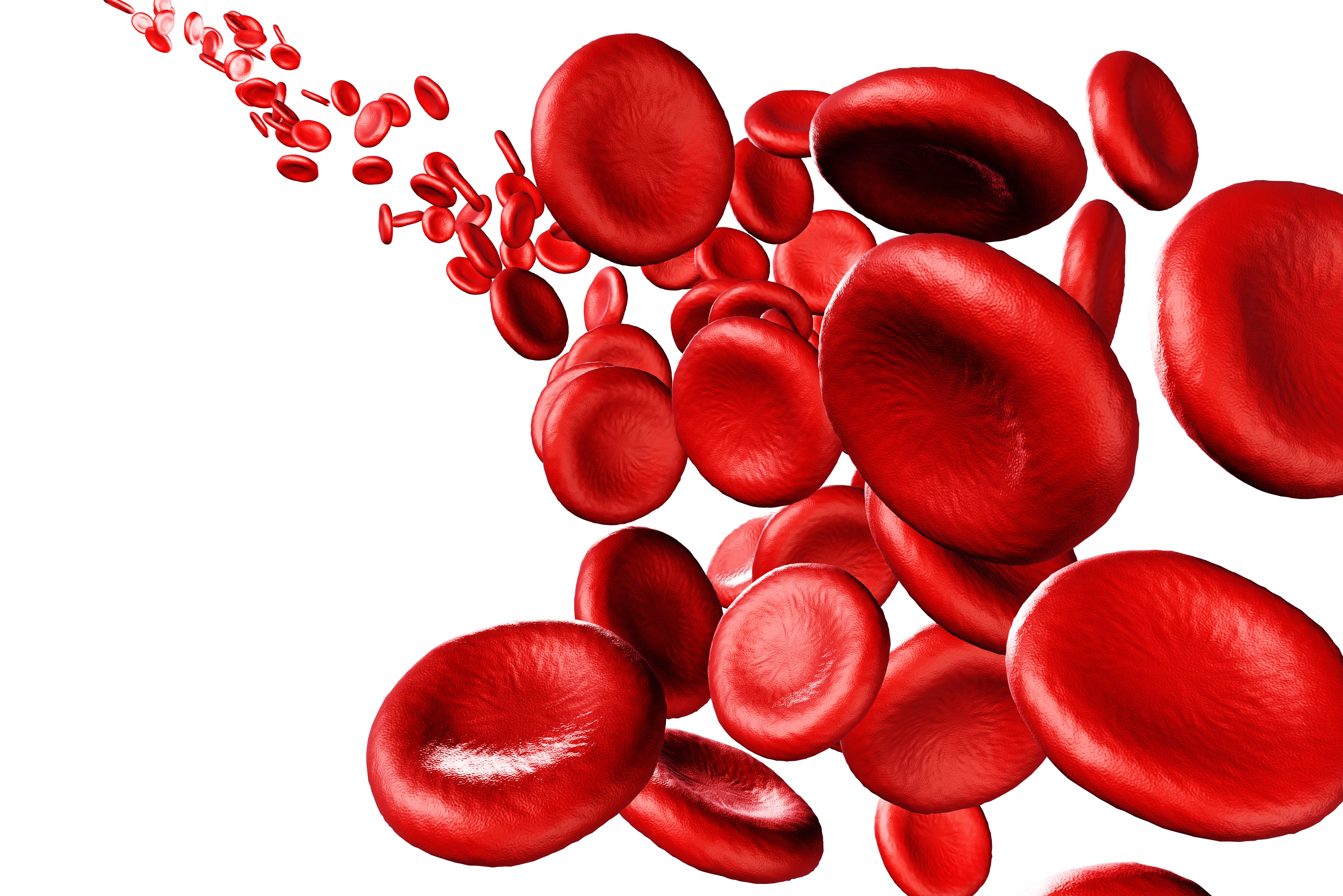Novel CAR T-Cell Therapy Yields Response in R/R Non-Hodgkin Lymphoma
HR001 was found to have an efficacious response for patients with relapsed/refractory non-Hodgkin lymphoma.
HR001 was found to have an efficacious response for patients with relapsed/refractory non-Hodgkin lymphoma.

Tolerable safety and efficacy were observed when HR001 was used to treat patients with relapsed/refractory non-Hodgkin lymphoma (NHL) based on results from the phase 2 HRAIN01-NHL01-II trial (NCT05436223) presented during the 2024 American Association for Cancer Research Annual Meeting.1
At the May 16, 2023, data cutoff, patients treated with HR001 (n = 81) achieved a best objective response rate (ORR) of 74.1% (95% CI, 63.1%-83.2%); the 3- and 6-month ORRs were 53.1% (95% CI, 41.7%-64.3%) and 45.7% (95% CI, 34.6%-57.1%), respectively. The best, 3-, and 6-month complete response rates were 49.4% (95% CI, 38.1%-60.7%), 32.1% (95% CI, 22.2%-43.4%), and 29.6% (95% CI, 20.0%-40.8%), respectively. The median time to best response was 30 days (range, 28-358).
“Patients with relapsed/refractory NHL could benefit from HR001 treatment, with [a] satisfactory objective response, durable remission, and a favorable safety profile,” Yian Zhang, MD, of Zhongshan Hospital Fudan University, in Shanghai, China, and coauthors wrote on a poster presented at AACR.
HRAIN01-NHL01-II was a single-arm, open-label, multicenter study in China that enrolled patients with relapsed or refractory NHL who received at least 2 prior lines of therapy, including an anthracycline and a CD20-targeted agent, or following autologous hematopoietic stem cell transplant. To be eligible for the trial, patients needed to be at least 18 years old, have an ECOG performance status of 2 or less, and have at least 1 measurable lesion per Lugano 2014 criteria.1,2
Patients received a conditioning chemotherapy regimen of fludarabine and cyclophosphamide. After conditioning and production of HR001, the agent was administered via a single infusion at a dose of 2.0×106 CAR-positive T cells per kg.2
The primary end point was ORR at 3 months post CAR T-cell therapy infusion. Secondary end points included duration of remission (DOR), progression-free survival (PFS), overall survival (OS), disease control rate, pharmacokinetics, and safety.
At baseline, the median age of the study population was 55 years (range, 23-74). Most patients were male (51.9%), had a baseline IPI index of at least 2 (70.4%), underwent less than 3 prior lines of treatment (58.0%), and had a maximum tumor diameter of 3 to 7 cm (53.1%). Patients had stage I (1.9%), II (14.8%), III (19.8%), or IV (59.3%) disease at screening. In terms of pathology subtype, the trial included patients with diffuse large B-cell lymphoma (91.4%), transformed follicular lymphoma (4.9%), or high-grade B-cell lymphoma (3.7%).1
Additional findings from the study revealed that the median DOR was 339 days (95% CI, 149-not estimable [NE]), and the median PFS was 176 days (95% CI, 91-NE). Notably, the median OS was not yet reached.
In terms of safety, most treatment-related adverse effects were hematologic. Any-grade cytokine release syndrome was reported in 95.1% of patients, including a grade 3 or higher rate of 3.7%. Immune effector cell-associated neurotoxicity syndrome (ICANS) of any grade was observed at a rate of 8.6%; grade 3 or higher ICANS did not occur. The treatment-related mortality rate was 1.2%.
“The median time to CAR T-cell peak expansion was 240 hours (range, 120~672) after infusion, median maximum expansion was 17413.9 copies/μg DNA (range, 124.9~136382.2), and median AUC0-28d was 3201014.0 copies/μg DNA (range, 205082.8~18400016.2). Positive tests for the anti-drug antibody were noted in 14.8% of patients while neutralizing antibody (Nab) tests were positive in 3.7% of patients. Among Nab-positive patients, the complete response was maintained until follow-up,” Zhang and coauthors wrote in their conclusion of the results.
References
- Zhang Y, Li Y, Hu K, et al. HR001, a novel CD19-targeted CAR-T cell therapy for patients with relapsed/refractory non-Hodgkin's lymphoma: primary results of a phase II study (HRAIN01-NHL01-II). Presented at: 2024 AACR Annual Meeting; April 5-10, 2024; San Diego, CA. Abstract CT244.
- Human CD19 targeted T cells injection (CD19 CAR-T) therapy for relapsed and refractory B-cell Non-Hodgkin's Lymphoma. ClinicalTrials.gov. Updated July 5, 2022. Accessed April 9, 2024. https://classic.clinicaltrials.gov/ct2/show/NCT05436223
Newsletter
Stay up to date on recent advances in the multidisciplinary approach to cancer.
Highlighting Insights From the Marginal Zone Lymphoma Workshop
Clinicians outline the significance of the MZL Workshop, where a gathering of international experts in the field discussed updates in the disease state.